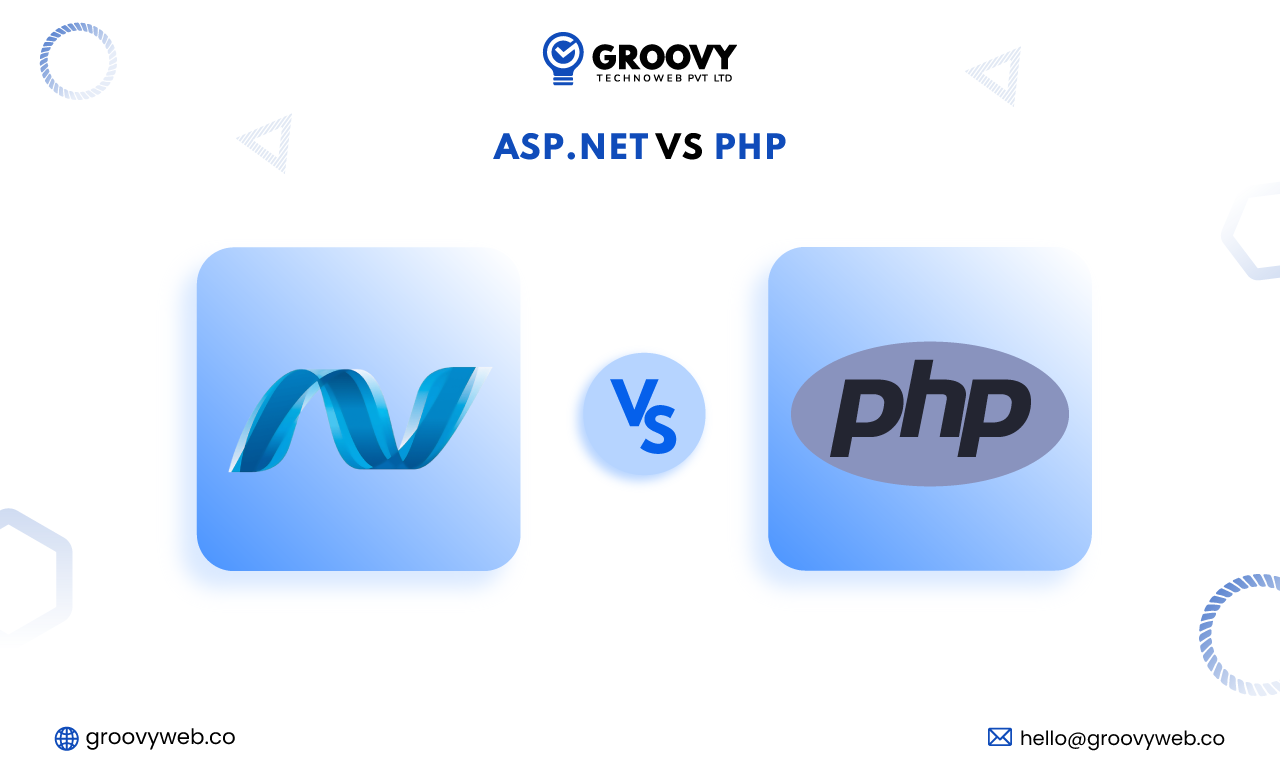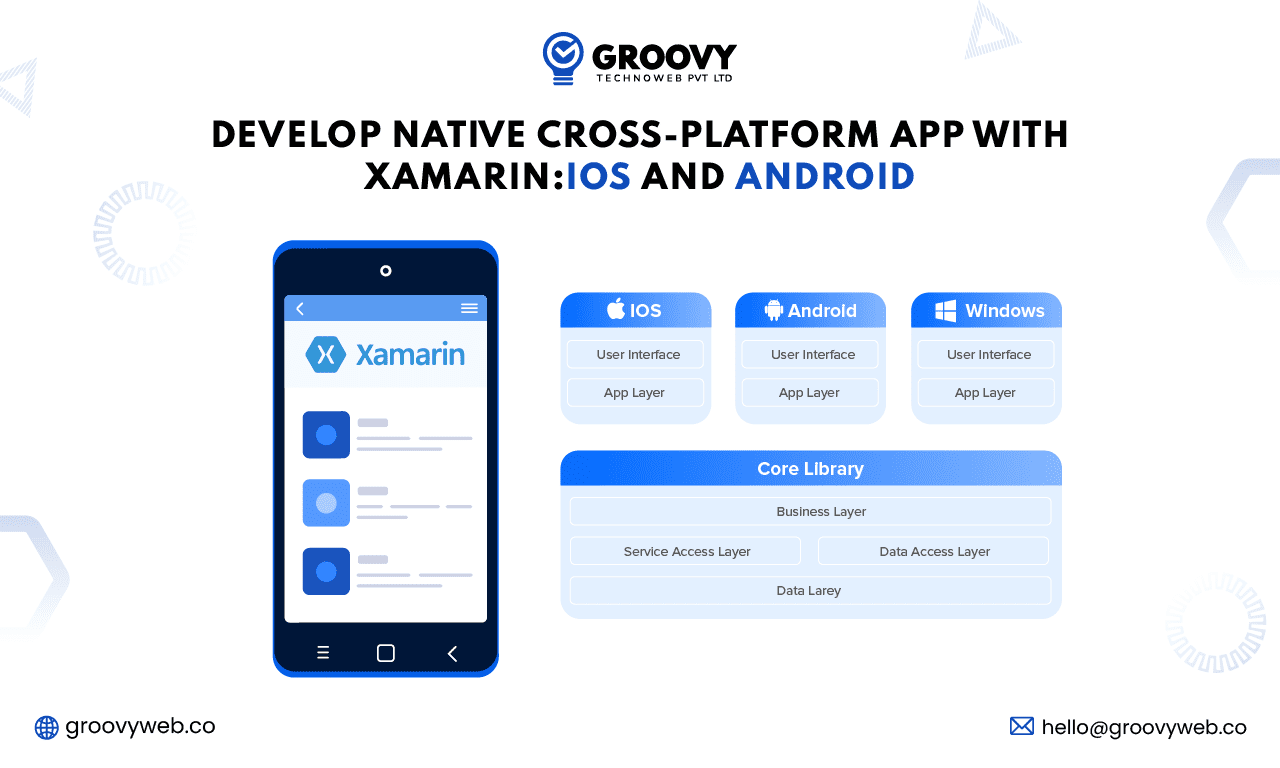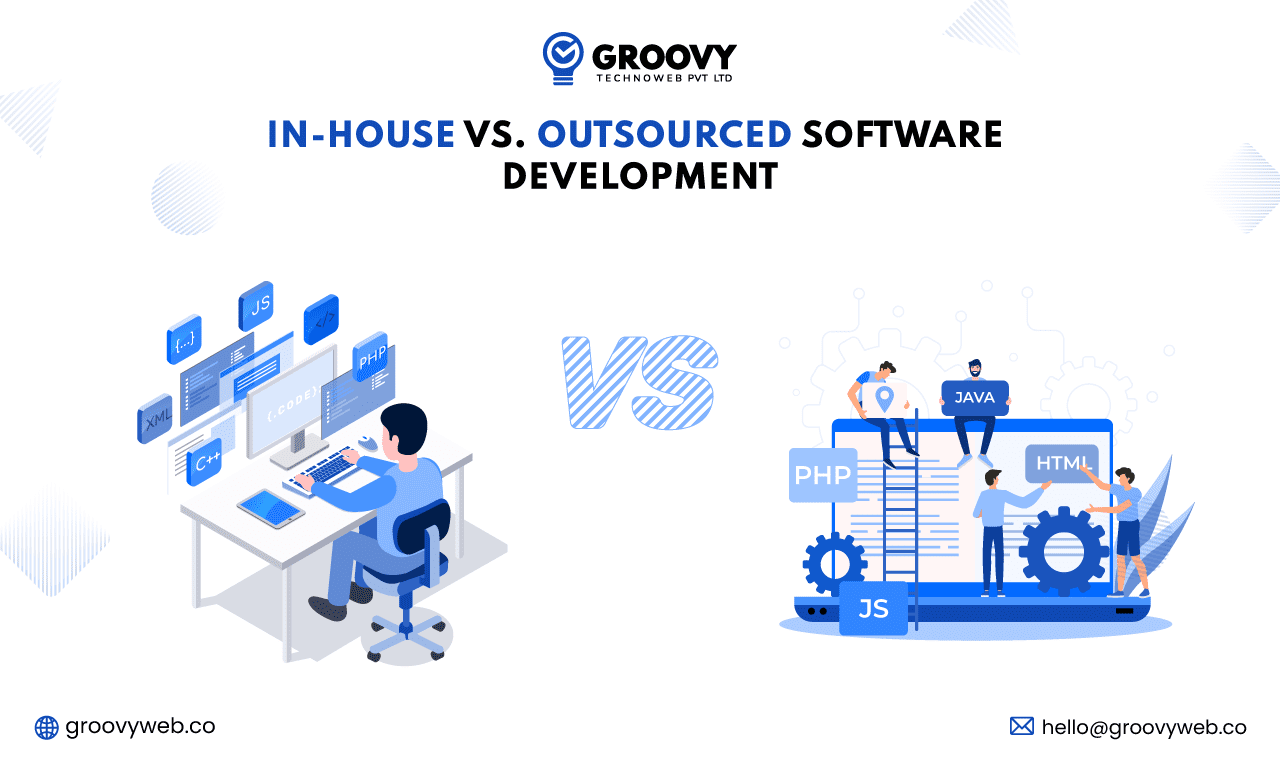Understanding REST APIs in MERN Stack Project
Sagar Patel
January 21, 2025 168 Views
Quick Summary : Understanding REST APIs in a MERN stack project involves creating a communication layer between the frontend (React) and the backend (Node.js with Express). REST APIs enable efficient data retrieval and modification using HTTP methods like GET, POST, PUT, and DELETE. This integration ensures smooth interactions between the MongoDB database and the client, making it a core aspect of full-stack development.
REST APIs: What Are They?
Introduction to REST API
So, it’s the most critical part of modern web development as the applications interact with other applications over the internet. They also standardized the communication between a client-side application and its server using HTTP methods such as GET, POST, PUT, and DELETE. So, the data exchange and manipulation happen via RESTful APIs during a MERN Stack project to have nearly flawless and efficient operations across most parts of the application.
Components of the MERN Stack
To get a clear view of how the REST API works in a project with the MERN stack, you need to know the name of every component of the stack:
MongoDB
Mongo is NoSQL—it’s technically a database that stores data in a JSON-like document format. So it’s pretty flexible, scalable, and great for lots of unstructured data. It’s pretty much the go-to choice for most applications, especially when paired with technologies like MERN Stack Development. MongoDB doesn’t have any schema; therefore, it is possible to very rapidly iterate on the data model without heavy migrations on the side of the developer.
Express.js.
Express.js enables developers to create scalable web and mobile applications. The reason is that the core of Express.js tends to have a simple, unopinionated design that highly matches well with the creation of REST APIs with support for middleware types of requests and routing that is easy with databases like MongoDB.
React
React is one of the JavaScript libraries targeting primary single-page applications or SPAs. But what it includes in its dimension for implementation is a component-based architecture, letting one reuse the UI components and manage state, in the most effective way to build complex user interfaces in the minimalist approach. The best performance comes along with a virtual DOM in React, which is related to an incredibly smooth user experience.
Node.js
It is the runtime environment that will enable developers to write the JavaScript code on the server side. Therefore, it means JavaScript can be used in full-stack development and, therefore, seamless integration between the frontend layer of an application and the backend layer within the MERN stack. Its non-blocking and event-driven architecture qualifies it best to build app with Node.js for scalable and high-performance applications.
Next in line is Next.js.
It is the second tier of robust building above React with much more advanced features related to SSR, static site generation, and optimized performance so that it enables one to stretch to a new limit of what is possible when taking into account the performance as well as SEO besides general developer experience for applications built upon React. Next.js development services have been in tremendous demand from modern performance-oriented web applications.
Setup the MERN Stack Project
This is a step-by-step process and a precursor to having a robust and scalable application.
Project Setup
The most basic procedure to start setting up a MERN stack project is to create a new directory for your project, then after that, you initialize it by using npm. Initializing the package.json file that manages for you which dependencies will be installed in your project.
Dependencies
All your important dependencies install right after you initialize a new project in this code. So, you will have generally some kind of an Express.js for your server framework, a package that lets you interact with your MongoDB, and Mongoose, and then for the incoming request bodies, you have body-parser to take care of them, and then there is CORS for handling your cross-origin requests.
NPM install express mongoose body-parser cors
Server Configuration
Server configuration is set up by creating a new instance of the Express server and parsing incoming requests. So now this server listens at one given port, however, middleware contains certain JSON parsing along with CORS, which allows proper communication from the client and updates in the database.
Connect to MongoDB
Connect to MongoDB—that is the core of the setup process. When exploring what is MongoDB, you’ll find that you can connect to it either directly through MongoDB Atlas or by installing it onto your machine locally. Afterward, you set up your connection string, and most of the management regarding the connection itself is part of the server’s setup. This ensures your application not only stores the data but also accesses it to retrieve them efficiently.
Data Models
The data model, in turn, is the Mongoose form of the type of data you will be storing in MongoDB. Maybe you are declaring a schema for something like an “Item,” which may have properties defined as name and quantity. That is your template for the data as it ensures integrity and consistency.
RESTful Routes
And, armed with your server and database, you can now create some RESTful routes for each of the data models you are going to implement, and its corresponding CRUD operations: create, read, update, and delete. All of these defined RESTful routes will determine how the client should communicate with your API and which operations are possible on any and every different piece of data.
Inclusion of React in Front End with Use of React
This implies that a new React project was included in the front end by use of React. This refers to the inclusion of fetching data from the rest API and giving its presentation on the user interface.
Introducing a New React Project
First, you bootstrap and start from scratch to build a React native app all in one go, so to speak, with a simple command using create-react-app. Beyond that, you get pre-configured development settings right inside your application thanks to Dev Tools. You also receive an example of your application, whose development server is supplied by using it.
Getting Data from the REST API
This is when you create a React component strictly to fetch some data from the REST API so that you would have it available for your use on UI. So basically what you would be doing is sending an HTTP request to the server by using Fetch API or Axios so you could get your work done. With state management from React, controlling the application’s state makes it possible to fetch and present data almost quite easily.
Present Information on UI
But through the information you are now fetching, you now pass that information on over to your React component. You then programmatically control a loop over your information. That might make an item list from properties of items displayed in some format so they’re friendly to users. That, in that sense, therefore enables users to view and interact with the data via a front-end application.
Next Level Next.js Application Development
Some of the features that are updateable in the application include SSR, SSG, and optimization of performance.
Advantages with Next.js:
This loads much faster and makes the content visible to search engines. Since it renders static HTML pages during the build time, static site generation has been touted as a more performant and scalable feature. Automatic code splitting and optimized asset loading fall under this, making it the best choice for modern web development.
Setting Up a Next.js Projects
With just one simple command, you’re all set to get up a brand new project using Next. js-it makes most configurations for the project and gives you an instance of the development server for previewing your application leading you right off the bat to take all the feature mileage.
Creating API Routes
You will be working on Next.js where you only have to add API routes directly inside your application. You can now add easy server-side logic in that it has enabled API routes that define them inside the pages /API directory, and therefore you make endpoints where you fetch, update, or delete data.
Server-Side Rendering using Next.js
One of the killer features of Next.js is server-side rendering and it supports further enhancement in SEO and performance as pages get rendered on the server. Therefore, to support SSR, the server first will create the HTML of a page before sending that page on its way to the client, thus ensuring good crawling ability of content by the search engine along with fast loading of content by the user.
Static Site Generation with Next.js
Another feature that Next.js comes with is static site generation or SSG. You can pre-build static HTML pages at the time of building to enjoy the benefits of static sites. Though you don’t lose any dynamic capability with React, applications turn out fast and scalable.
Next.js Development Services
Besides, there are several other features of next generation and skills next.js development services possess that are good enough to upscale the applications to the next level. All it is about performance optimization, improvement of SEO, or even capabilities of server-side rendering and static site generation that can emphasize your application toward being at level with or to the top pedestal of the ladder in the category of modernity and performance.
Best Practices of MERN Stack Projects- REST APIs
REST APIs are robust, scalable, and maintainable if proper use of correct HTTP methods with operations follows. It follows the following best practices:
Proper Use of Correct HTTP Methods
This enables the use of appropriate HTTP methods within each operation, which might be GET for retrieving data, POST for creating a resource, PUT for using an update on already existing resources, and finally, there is DELETE for the deletion of some resources. This way, the API remains intuitive and flows according to the natural principles of RESTful. Graceful error handling
It should be thoroughly error-handling to ensure sane error messages and status codes are returned. This would then allow the client to know what was wrong and, somehow, how to fix it. It should return such things as not-found resources with 404 status codes and server errors with 500 status codes.
Make Your API Secure
The most important feature is security, so never forget to add an authentication and authorization feature in your API for restricted access to API, so that unauthorized access to API cannot be possible. Secure communication between your client and server will secure their data exchange using HTTPS, and for this purpose, you can have a token-based authentication method like JWT or JSON Web Tokens.
Optimize Performance
The extensions to the extreme point of API optimization in performance involve database cache and index queries, as well as payload size optimizations. Cache your most hit data with Redis, or optimize your database queries for minimal latency.
But still, all this does give you some clear promise of documentation that you have to make for all this to be efficient and effective at the software application end.
The developer will know how to use your API since it is well-defined and documented. Tools like Swagger can be of great help in generating an interactive API, making it easier for the developers to understand how to use your API. Proper documentation, therefore, lowers the learning curve and improves developer experience.
Conclusion
All these combine to help build a whole and complete understanding in terms of using REST APIs in MERN-based projects related to the building of web applications with proper and scalable features. By using MongoDB, Express.js, React, and Node.js, one can smoothen out communications that happen between the client and the server. This gives your React applications high-grade facilities like server-side rendering and static site generation, such that they stand on tall ground. That is, the good foundation you learned for web applications remains yours and keeps your REST APIs secure, efficient, and maintainable; it sees the best practice. Whether you are working as part of a web development company or individually, this knowledge ensures that your development skills are refined. Whatever may it be, whether this happens to be the first time or nth time you go towards an understanding of this concept, what you are supposed to learn here about REST APIs of the MERN stack only makes your development skills finer and, within the world of web development, opens many roads towards a modern and high-performance application.
Written by: Sagar Patel
Sagar Patel is the CTO and Co-founder of Groovy Web. He was involved in the telecommunications & Automation industry during his early career. Still, due to his attitude toward learning anything new and mastering it, he now works as a CTO for Groovy Web. Through their business mindset and logical approach, they have taken their company to the next level; His responsibilities now include all aspects of the business. Among them are finance, process design, and development.
Frequently Asked Questions
We hope these clear your doubts, but if you still have any questions, then feel free to write us on hello@groovyweb.coHow does the MERN Stack handle REST API requests?
In the MERN stack, the backend (Node.js and Express) processes REST API requests. Express defines routes, which respond to various HTTP methods (GET, POST, etc.), while MongoDB handles data storage. The front end (React) sends requests to these routes using Axios or the Fetch API.
What are common HTTP methods used in REST APIs for MERN Stack?
Common HTTP methods used in a MERN stack REST API include:
- GET: Retrieve data from the server.
- POST: Send data to create a new resource.
- PUT: Update an existing resource.
- DELETE: Remove a resource.
How do you secure a REST API in a MERN Stack project?
To secure a REST API in a MERN stack project, methods like authentication (using JWT or OAuth), input validation, HTTPS, and middleware for error handling are commonly used. Implementing CORS policies also helps to restrict access to the API.
How does MongoDB integrate with REST APIs in a MERN project?
MongoDB integrates with REST APIs in a MERN project through Mongoose, an ODM (Object Data Modeling) library for Node.js. Mongoose provides schemas to structure data, allowing the REST API to perform CRUD (Create, Read, Update, Delete) operations on MongoDB collections.
Related Blog

Ashok Sachdev
ASP.NET vs PHP - What to Choose for Your App Needs
Web App Development 14 Nov 2024 8 min read
Rahul Motwani
Develop Native Cross-Platform App with Xamarin: iOS & Android
Mobile App Development 13 Nov 2024 18 min read
Ashok Sachdev
In-house vs Outsourcing Software Development
Software Development 30 Mar 2023 8 min readSign up for the free Newsletter
For exclusive strategies not found on the blog